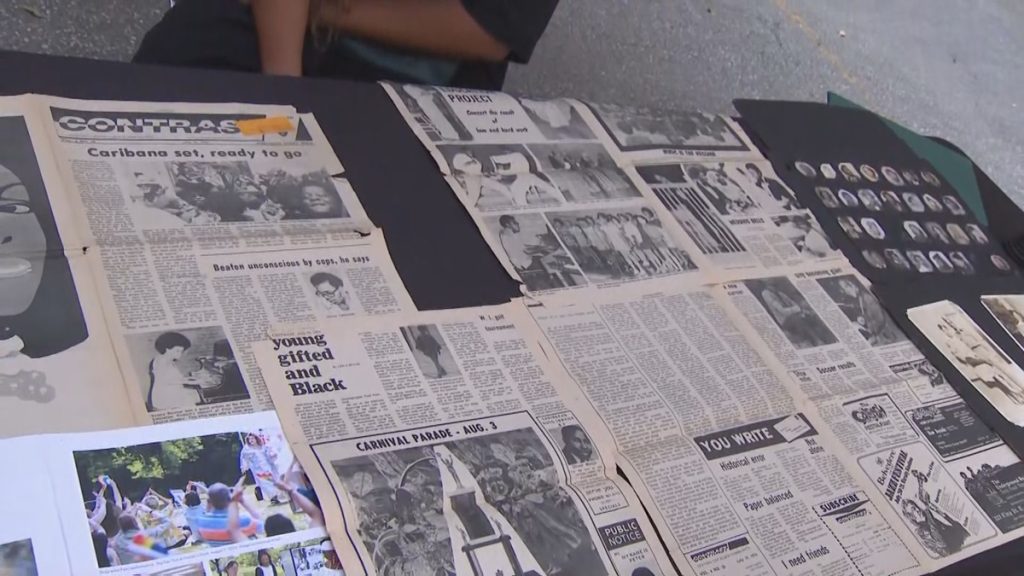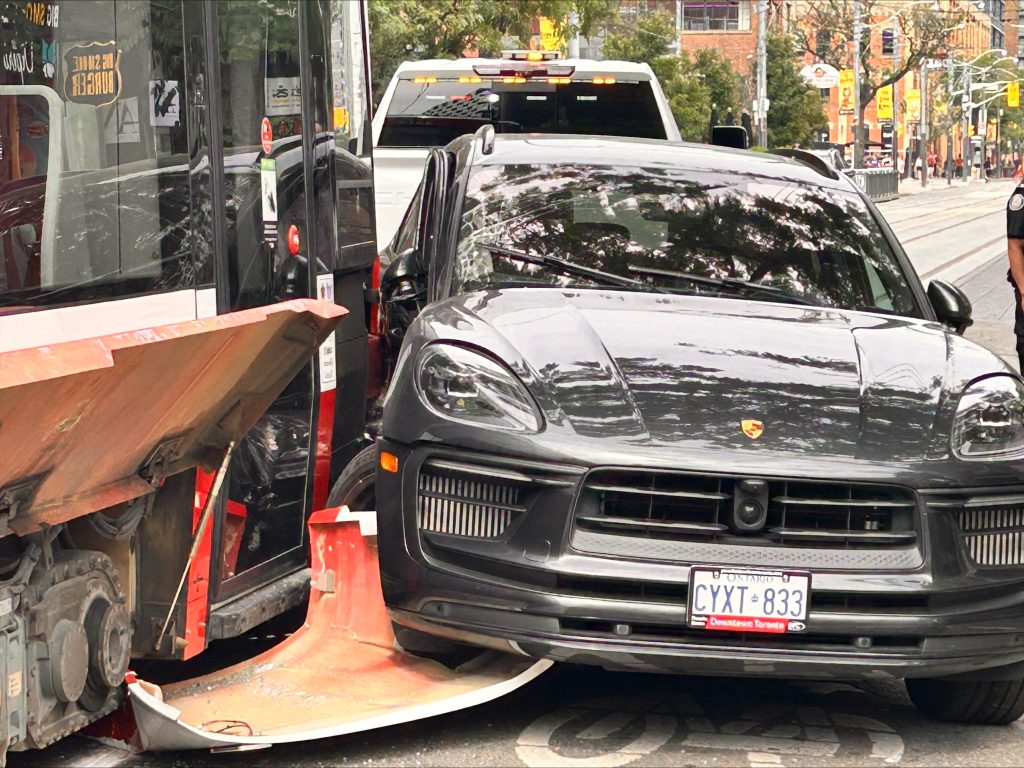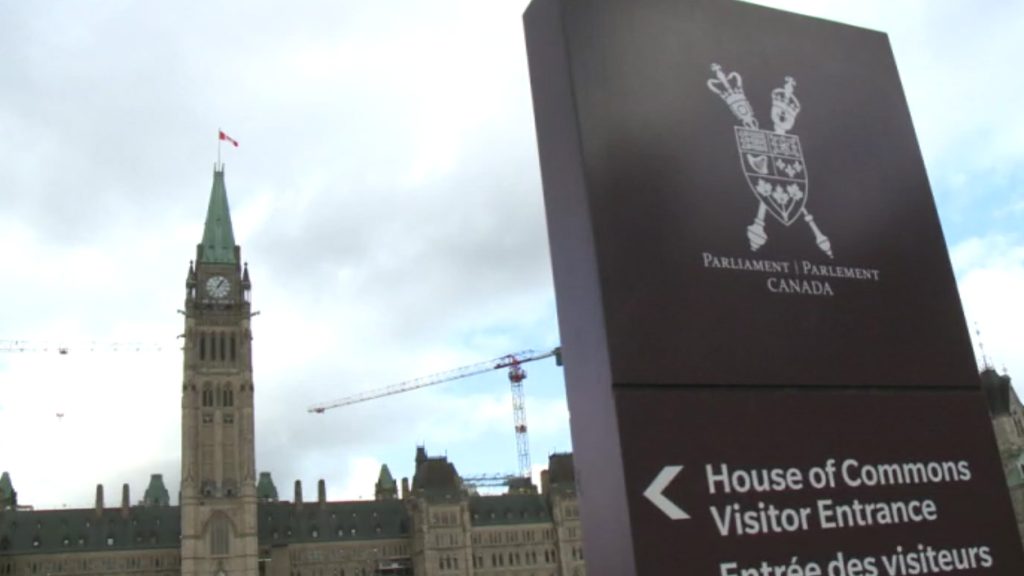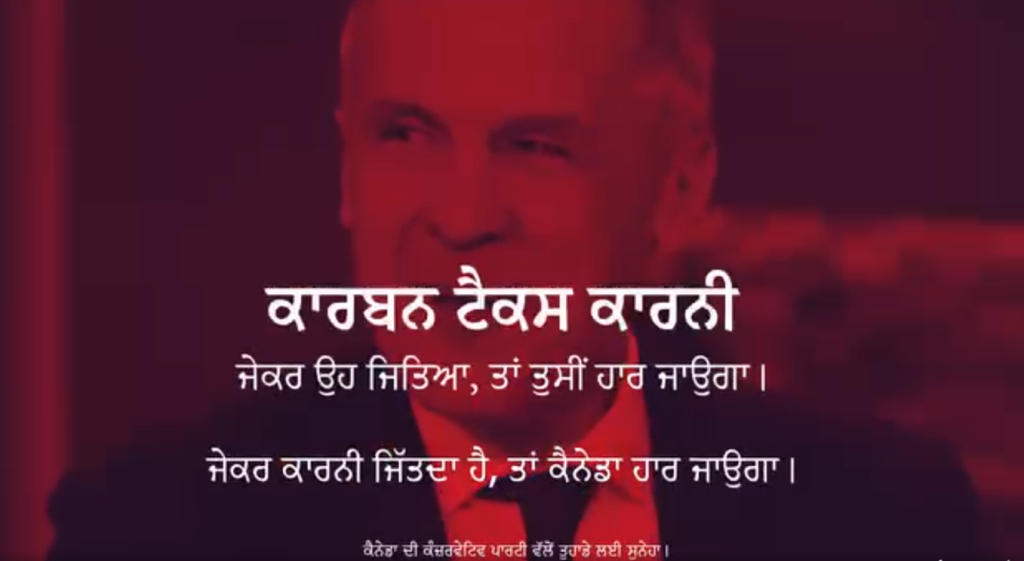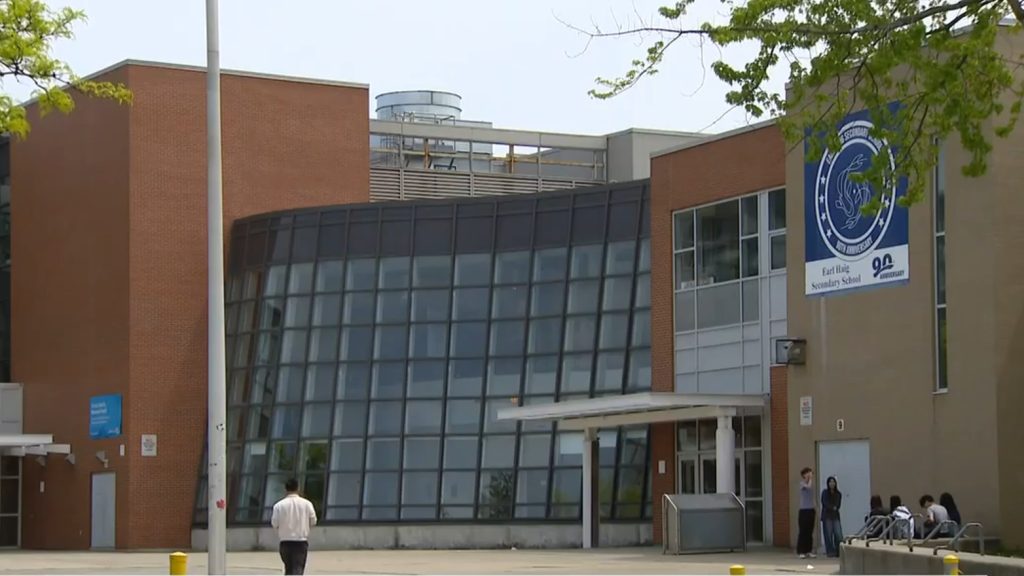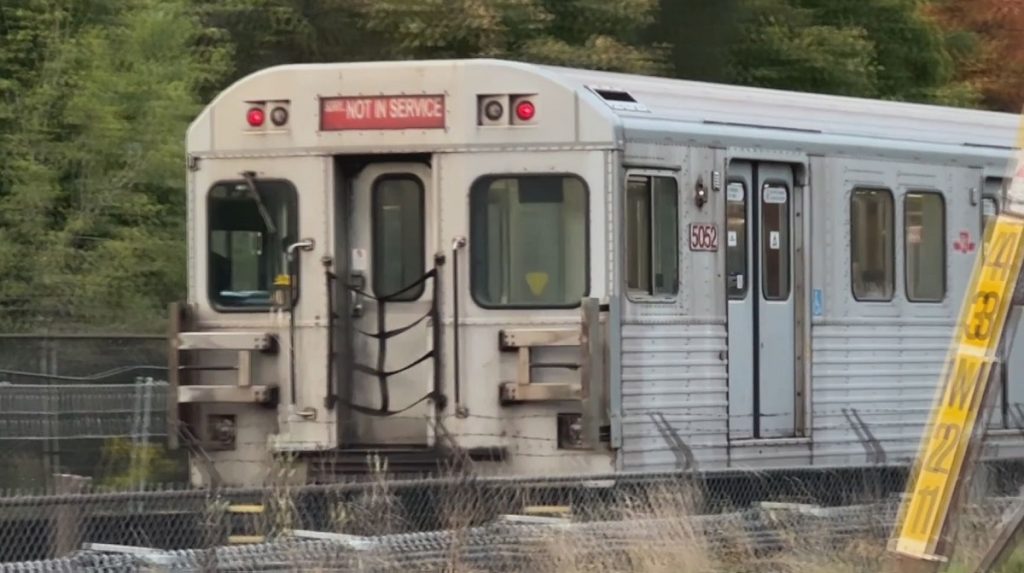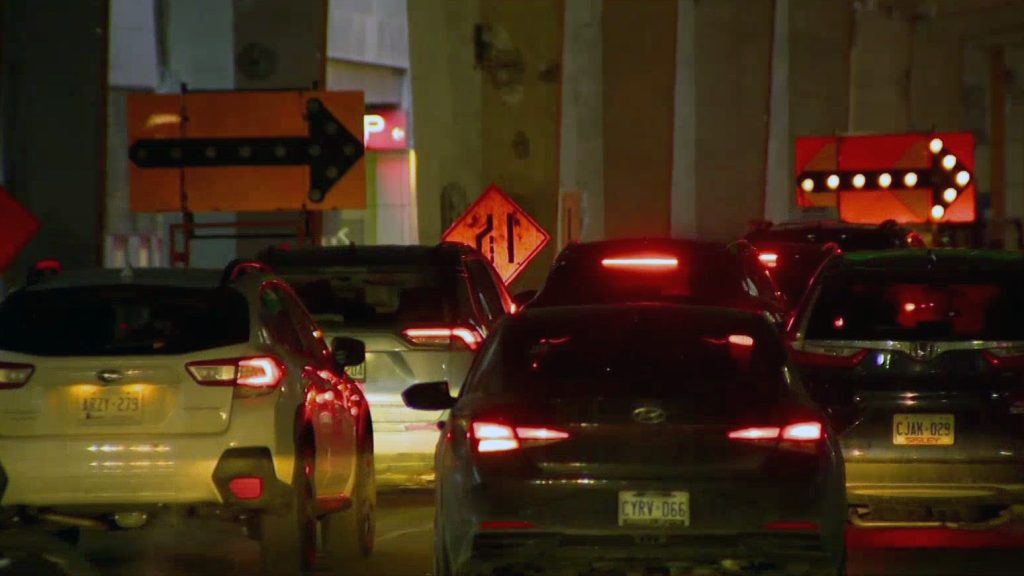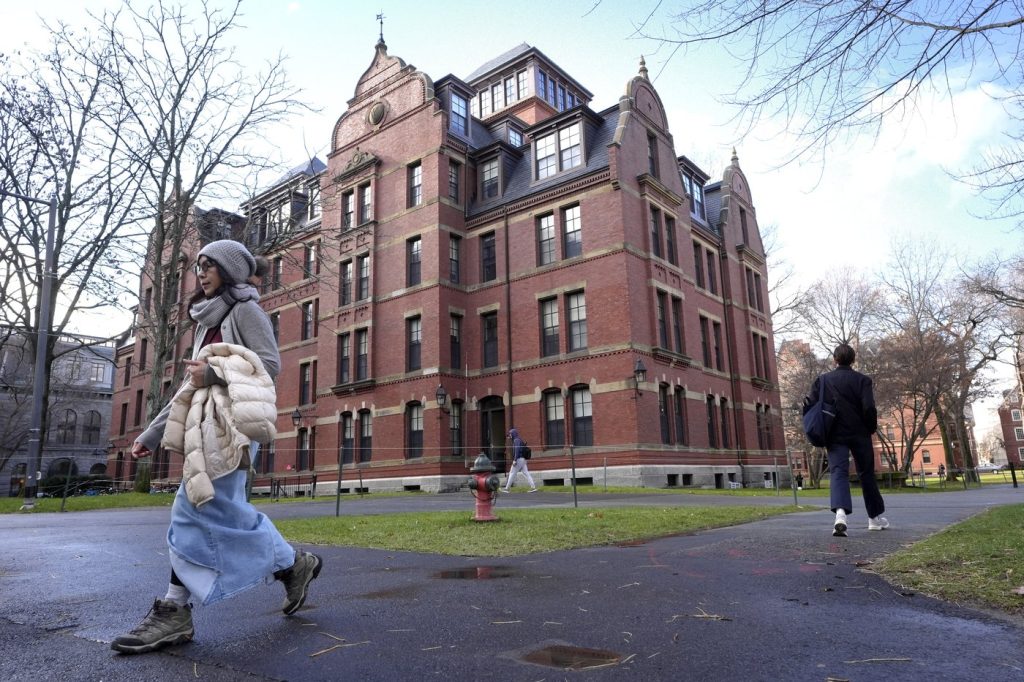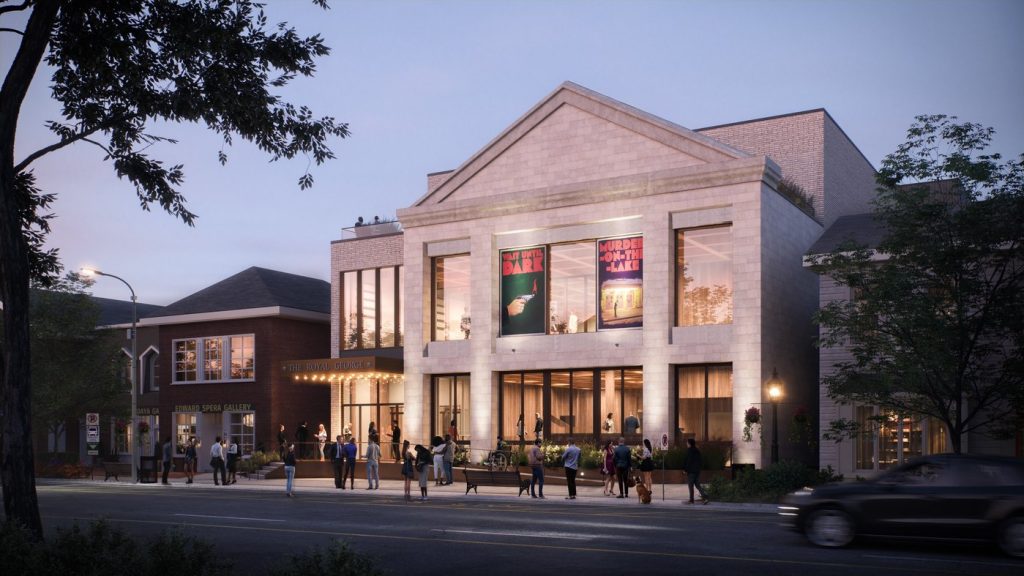On Saturday, hundreds flocked to Old City Hall in Toronto, fueled by the city's initiative to convert the historic building into a local museum showcasing unique treasures. This effort, referred to as "Toronto Treasures," aims to celebrate and highlight the diverse cultural heritage of the city. The event attracted numerous individuals interested in contributing and preserving their historical artifacts.
Kathy Grant, an advocate dedicated to sharing the stories of Black Canadian veterans, was among those who participated in the event. She engaged with volunteer historians who were tasked with evaluating historical items. Grant brought a variety of materials, including documents, photographs, and copies of Contrast, a publication focused on the perspectives of Black residents. She expressed her desire to shift the narrative surrounding her community by emphasizing positive representations of history. "We want to digitize [the items] and share them with the community and schools so that they have examples of our history," she stated, emphasizing the importance of preserving and sharing these narratives.
Among other participants were Kathleen and Mark Henning, who contributed a necklace with a matching broach, an old piece of pottery, and an expanding purse from 1879 that contained a silver dollar. These items belonged to Mark’s great aunt and were passed on to Kathleen. She mentioned that the purse especially piqued the interest of the assessors. "We’re in the process of downsizing, and so we need to find a home for a lot of these items… They need to be seen by the public," Kathleen elaborated, underscoring the significance of showcasing artifacts from the past.
The museum initiative is driven by the hope of creating a space where local heritage can be celebrated. Karen Carter, the director of Toronto's museums, emphasized the importance of these community items. "The thing that’s most exciting is that layer of community cultural practice," she remarked. This perspective underscores a shift in museum focus from merely showcasing “old things for dead people” to connecting those artifacts with living communities and their stories.
The current programming at Old City Hall runs until September and features various activities designed to engage the public. Visitors can enjoy lunch in the courtyard, attend public talks led by experts, and view a special photography exhibit. Carter noted that the location is conveniently situated near popular downtown attractions, making it an ideal spot for cultural engagement.
The push for a museum at Old City Hall has been in discussion for several years. Recently, the space has started to host weddings and public gatherings again, making it more accessible for the community. Carter believes that the feasibility of transforming part of the building into a municipal museum, while allowing other entities to occupy remaining areas, is a realistic approach. "We’re good at those things of how do you put multiple things in beautiful old buildings," she explained.
Toronto city councilor Josh Matlow has been a prominent supporter of establishing the museum. He stressed that the public has been deprived of accessing such a beautiful building because it has primarily served as a courthouse. Matlow shared, "We want to animate this space. We want to show people the beauty, the grandeur of this E.J. Lennox masterpiece inside." He reassured that with the approval of council motions, funding, political will, and creativity, realizing a museum at Old City Hall is entirely plausible.
In a broader context, Matlow highlighted the importance of celebrating the diverse waves of immigration that have contributed to the city’s vibrant history. He lamented the fact that Toronto lacks a dedicated space for its rich history, similar to other major cities worldwide. "We literally have warehouses where we have artifacts of many stories of our city sitting in dusty archives. We need to bring those things out to the public,” he emphasized.
Community feedback on the museum proposal has been overwhelmingly positive. Many individuals expressed a desire to see more examples of their cultural heritage showcased, particularly regarding the history of the Black community in Toronto. Mark commented on the importance of accessibility, revealing that a 68-year-old lifelong Toronto resident had never been inside Old City Hall until now.
For those with historical items connected to Toronto, another event to contribute will be held at Old City Hall on August 23, allowing individuals to share their personal stories and artifacts, whether meaningful trinkets or old objects from their past. This initiative not only seeks to preserve history but also encourages active community participation and storytelling.


